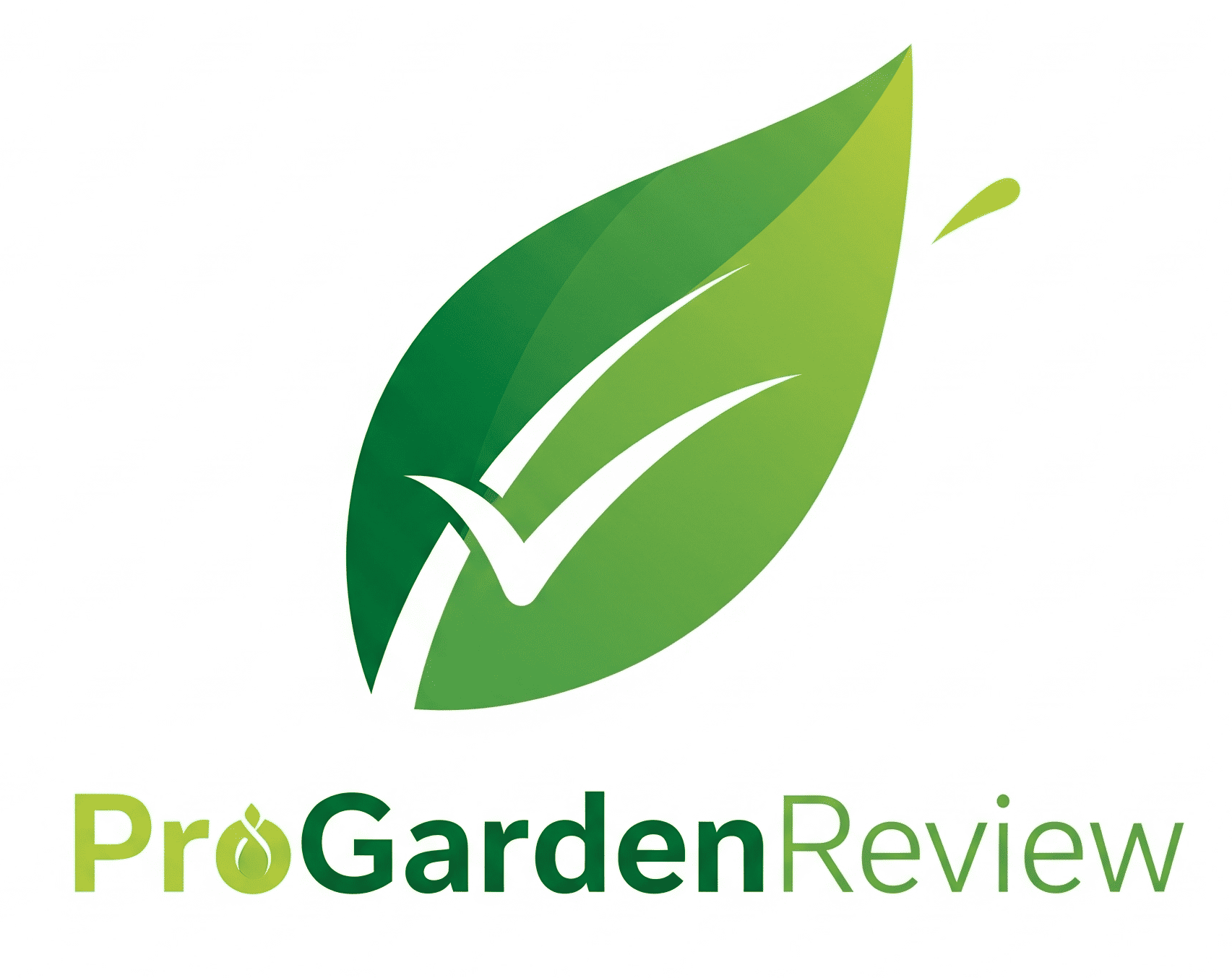Comparison: Best Beyond Peat Professional Organics (Updated | Dec 26th)
If you’re on the hunt for the best beyond-peat professional organics, you’re not alone—gardeners and growers alike are turning to sustainable alternatives without sacrificing performance. But with so many options out there, how do you know which ones truly deliver? Whether you’re managing a nursery or nurturing a garden, discover which peat-free powerhouses stand tall and which fall flat in real-world use.
Product Comparison: Best Beyond Peat Professional Organics
Coast of Maine Organic & Natural Cobscook Blend In-Ground Garden Soil – Multi-Use In Ground Garden Soil with Compost & Sphagnum Peat Moss – Annual & Perennial Flower Beds, or Lawn Care (2 cu ft)

- PREMIUM INGREDIENTS: Cobstock Blend In-Ground Garden Soil is formulated with sphagnum peat moss, compost, and aged bark to deliver robust, nutrient-rich soil for healthy plant growth in lawns and in-ground garden beds.
- VERSATILE: Mix into sandy, compacted, or clay soils to improve soil quality or top-dress established beds to reduce weeds and enrich nutrients. It’s also ideal for new plants— simply blend with native soil, water well, and support healthy root growth.
- PROMOTES HEALTHY GROWTH: Our dynamic blend of ingredients provides excellent water retention, aeration, and drainage, ensuring optimal growth conditions.
- MULTI USE SOIL: The Cobstock Blend In-Ground Garden Soil is the ideal living formulation to support a wide array of vegetables, plants, and flowers planted directly into the ground. It’s the perfect enriched soil for in-ground organic gardening of produce, roses, annuals, perennials, or supporting grass seed for a lush green lawn.
- HARVESTING A BRIGHTER FUTURE: Since 1996, Coast of Maine has been dedicated to sustainable, regenerative practices that nourish healthy plants. Our products are made with all-natural components, providing a sustainable, eco-friendly solution for enriching garden soil. Our commitment to quality and environmental stewardship ensures that every product supports a healthier garden and planet.
Product prices and availability are accurate as of the date/time indicated and are subject to change. Any price and availability information displayed on Amazon.com at the time of purchase will apply to the purchase of this product.
Buying Guide
FAQs
What key ingredients should I look for in an organic in‑ground garden soil?
Premium organic soils typically contain a blend of sphagnum peat moss, composted organic matter, and aged bark. These components work together to improve water retention, aeration, and nutrient availability, which are essential for healthy root development. Look for products that highlight sustainable sourcing and a balanced mix of these ingredients.
How does the Cobscook Blend compare to standard peat‑only soils?
The Cobscook Blend combines peat moss with compost and aged bark, offering better drainage and structure than pure peat soils, which can become overly compacted. This mix also provides a richer nutrient profile, reducing the need for additional fertilizers. As a result, plants experience more consistent growth and fewer issues with waterlogging.
Is the Cobscook Blend suitable for all garden types, such as lawns, vegetable beds, and flower borders?
Yes, its versatile formulation works well in sandy, clay, or compacted soils, making it ideal for lawns, vegetable gardens, and ornamental beds. By improving soil texture and fertility, it supports both annuals and perennials, as well as grass seed establishment. The blend can be used as a top‑dress or mixed directly into planting holes for new plants.
What value does the Cobscook Blend provide compared to cheaper, synthetic fertilizers?
While synthetic fertilizers deliver quick nutrient spikes, the Cobscook Blend offers a slow‑release, organic nutrient source that feeds plants over time. This reduces the risk of burn and promotes healthier soil biology, leading to long‑term soil health and reduced need for re‑application. The eco‑friendly ingredients also align with sustainable gardening practices.
How can I tell if the soil I’m buying is truly organic and sustainably produced?
Check for certifications such as OMRI or USDA Organic, and look for statements about regenerative practices and natural ingredient sourcing. Companies that emphasize transparency about their harvesting methods and ingredient origins, like Coast of Maine, usually provide detailed product descriptions and sustainability commitments. These indicators help ensure the product meets organic standards.
What are the best practices for incorporating the Cobscook Blend into existing garden soil?
For established beds, spread a 2‑3 inch layer of the blend on the surface and work it into the top 6‑8 inches using a garden fork or tiller. When planting new beds, mix the blend with native soil at a 1:1 ratio before forming planting holes, then water thoroughly to settle the mix. Consistent moisture after application helps the organic components break down and integrate with the soil.
Does the Cobscook Blend offer good cost‑effectiveness for the amount of soil I need?
Although the upfront price may be higher than generic soils, its high nutrient density and multi‑purpose functionality reduce the need for additional amendments or fertilizers. The blend’s ability to improve soil structure means you can use less product overall to achieve the same results. Over time, the reduced need for extra inputs and healthier plant yields provide solid value for the investment.
